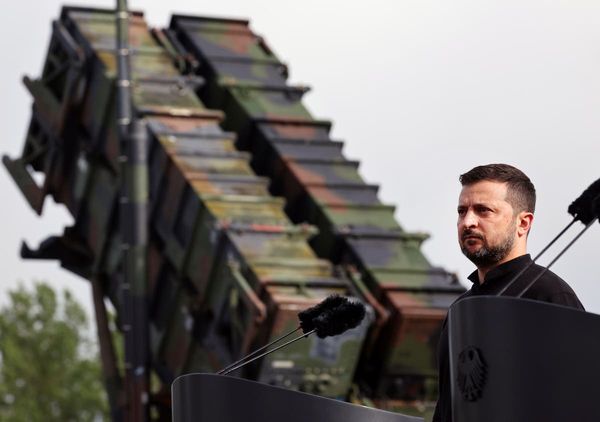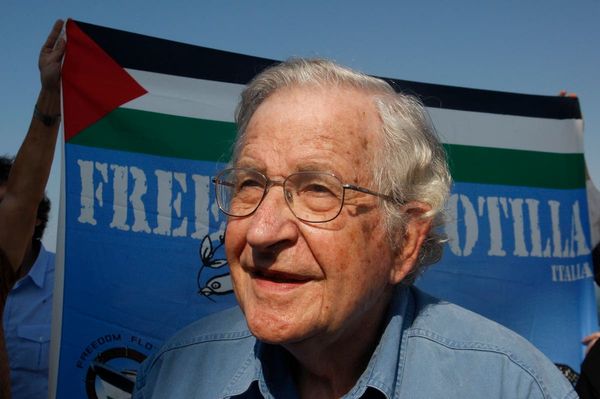
No information is publicly available about how many retired racehorses are rehomed in New South Wales, four years after the ABC revealed the widespread slaughter of horses in abattoirs and knackeries.
Racing NSW has four properties to house racehorses, and has put in place retraining programs so that horses can be sold as equestrian mounts.
But organisations concerned with horse welfare have raised questions about how many racehorses are actually being rehomed under the program, known as Team Thoroughbreds.
After the furore in 2019 over racehorses being sent to slaughterhouses, Racing Australia introduced a national registration and tracking system which requires thoroughbred foals to be registered. The system records all horses that are in racing and breeding programs and requires reporting of their retirement. But after they leave the racing industry, responsibility shifts to the state authorities.
The Animal Justice party upper house MP Emma Hurst said: “The unfortunate reality is that no one seems to know how many ex-racehorses are being retired and rehomed in NSW – because this information simply isn’t publicly available.
“The annual reports from Racing NSW tabled in parliament each year don’t contain any statistics on how many horses have been rehomed, either privately or through the industry rehoming program.”
The minister for racing, David Harris, said: “In NSW, Racing NSW has oversight of integrity and welfare matters.”
In response to questions from Guardian Australia, the state racing body said: “Racing NSW is the only state in Australia which prohibits thoroughbred horses from being sent to an abattoir or knackery when they are retired,” with penalties if trainers breach the rule.
Its chief operating officer, Graeme Hinton, said: “Since October 2016, Racing NSW has spent over $34m on purchasing and developing properties for use in the care, retraining and rehoming of retired thoroughbred horses.”
But Hinton did not provide any statistics on numbers of horse rehomed by the program, or the results of audits of 1,287 retired horses that Racing NSW says it undertakes on its farms and other rehoming facilities.
Retrainers have reported that the retirement farms are filling up and rehoming has become more difficult in the current economic situation.
Nikki Cook, who operates Shory Park Horses near Geelong, told racing.com last month the market had noticeably softened and she was struggling to attract interest in quality horses.
She had 25 horses for sale but had only sold one former racehorse since the start of August, she told the racing magazine.
“I think the whole [equestrian/pleasure horse] market is slow, but the thoroughbred market has definitely been affected and I don’t think I’ve ever seen it this bad,” Cook said.
After the outcry on the treatment of greyhounds in NSW in 2016, which briefly led to a legislative ban on the sport, the government established a separate commission to report on greyhound welfare. The Greyhound Welfare and Integrity Commission reported that by 2021-22 the euthanasia of greyhounds for non-medical reasons had declined by 73% since the commission introduced a rehoming policy in 2017.
It reports quarterly on how many greyhounds are rehomed either directly by the industry or via other organisations.
Racing Victoria provides some information on its programs to support retired Victorian thoroughbreds.
Under its Off the Track program, 50 retrainers “collectively retrain and rehome 500-600 horses on average each year”.
It says the program involves greater visibility of retired racehorses through a community platform in which 6,000 members participate and help keep track of the estimated 4,000 retired thoroughbreds.
It also has a program called Reset, which it says provides direct support for horses that are sound and have good prospects but have not been successful in transitioning to a second career outside racing.
Horses spend up to 16 weeks in retraining, funded by Racing Victoria, a spokesperson said.
Both Racing NSW and Racing Victoria through their rehoming programs sponsor equestrian events that are designed to drive demand for retired thoroughbreds and position them as a breed of choice in the equestrian community.
Hurst said the lack of transparency in NSW raised serious questions about the fate of the horses leaving the racing industry.
She said the coordination of retirement placements had fallen victim to the dispute between Racing NSW and Racing Victoria, which has stalled resolution of horse welfare issues by Racing Australia.
That left the state with the responsibility to step in, Hurst said.
“The NSW government could intervene to ensure mandatory collection and publication of data concerning racehorses throughout their life, and in particular, the fate of horses leaving the industry, but so far they have failed to put this into place,” she said.







